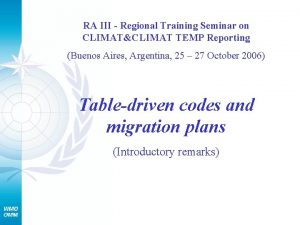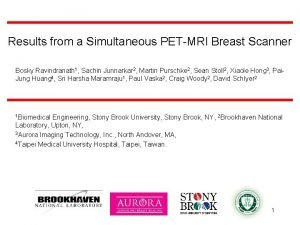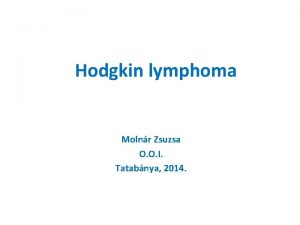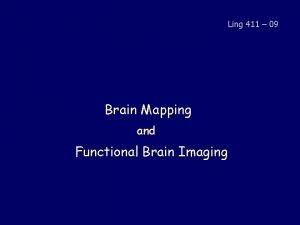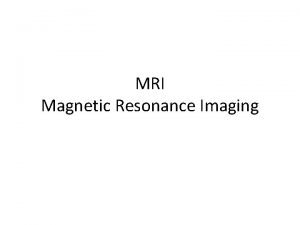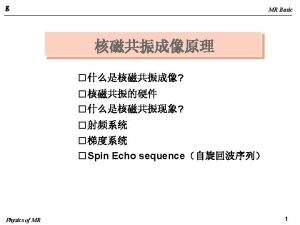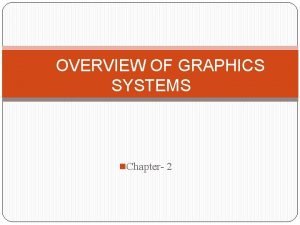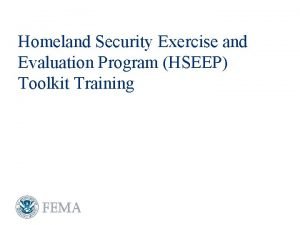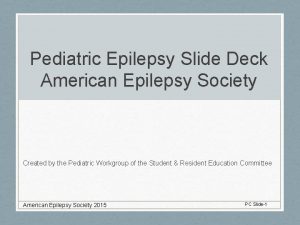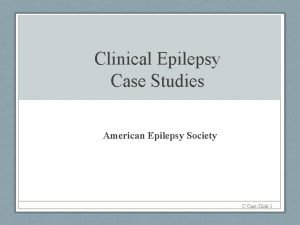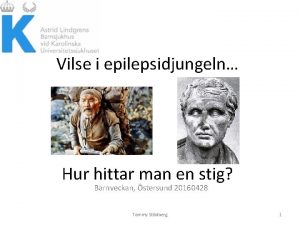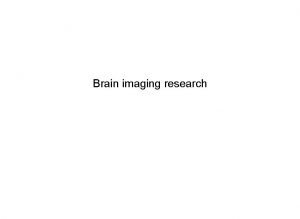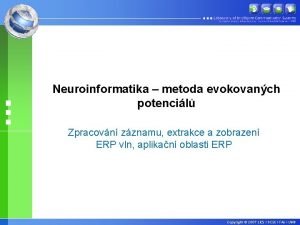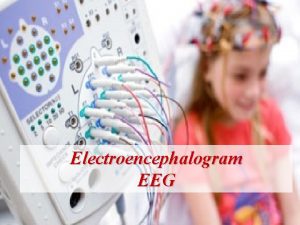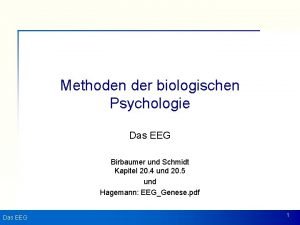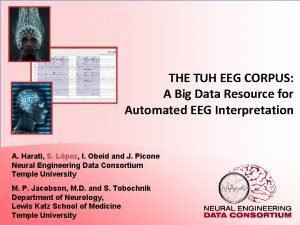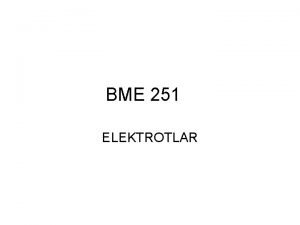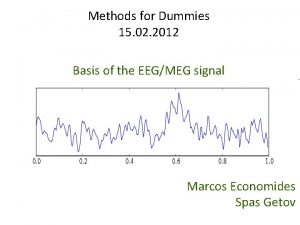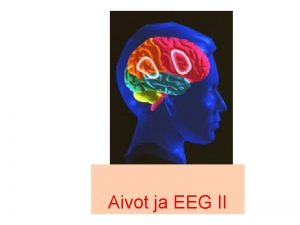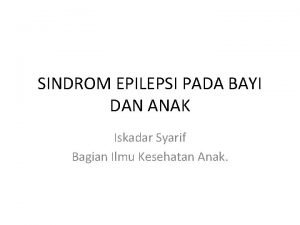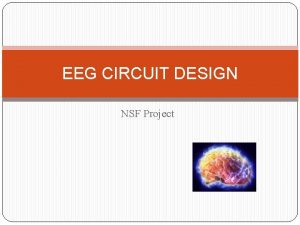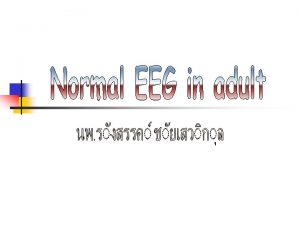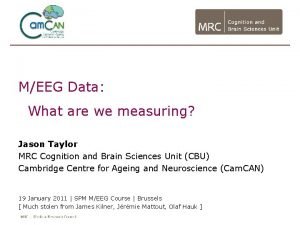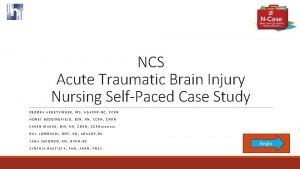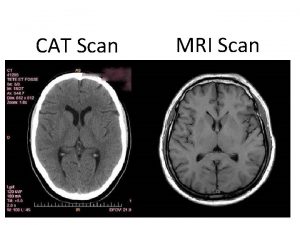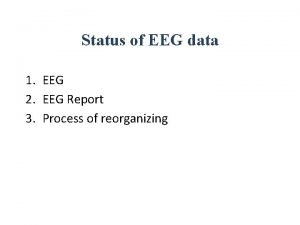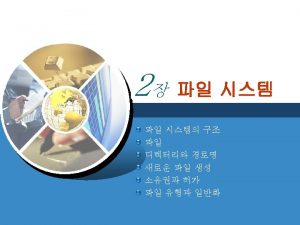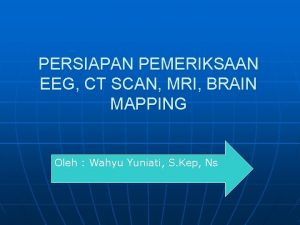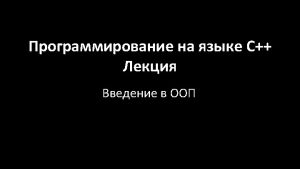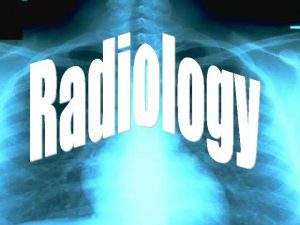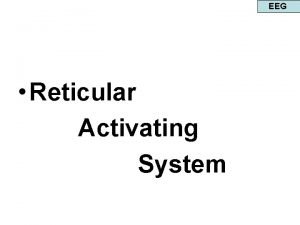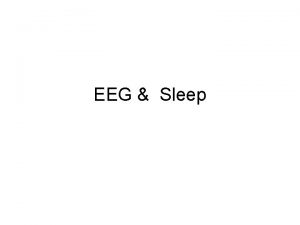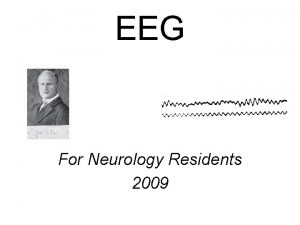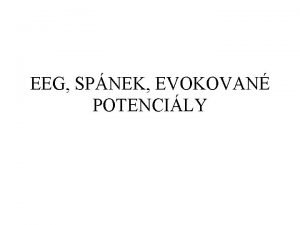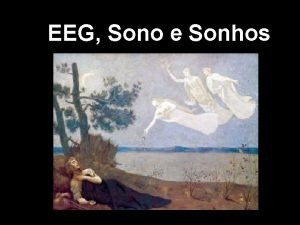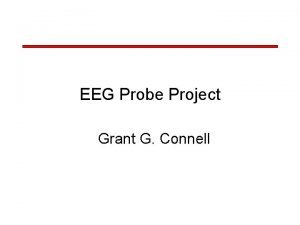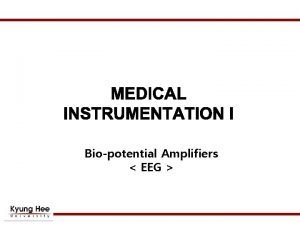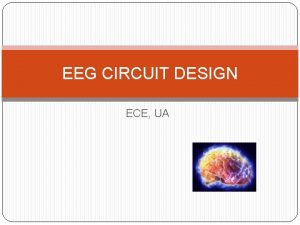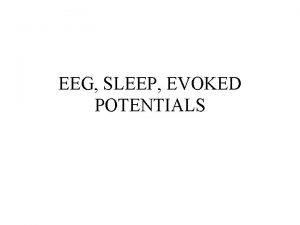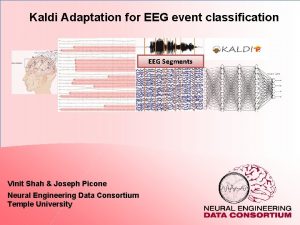CAT Scan MRI PET Scan Functional MRI EEG













































- Slides: 45

CAT Scan MRI PET Scan Functional MRI EEG

What type of psychologist is this? Is she a basic or applied psychologist?

What type of psychologist does this sound like? • Explore how behaviors, feelings, and beliefs are influenced by others • Study conformity, attitudes, leadership, prejudice, group behavior, etc. • Work in the business setting, government, and universities

Who am I? • Study thought processes including intelligence, problem solving, attention, decision making, language, etc. • Work in educational settings and the business world

Who first attempted to understand human consciousness by asking subjects to describe their own conscious experiences?

A fulfilling life, and nurturing talent and abilities is the focus of this field in psychology Martin Seligman

Prenatal nutrition is to____ as DNA is to____

What type of culture does the following describe: Individual needs are sacrificed for the good of the group.

The shared attitudes, beliefs, norms and behaviors of a group communicated from one generation to the next

Describe this correlation

What the small jar represents (each member has an equal chance of being chosen)

What does this describe? • Possibility that the differences in results between the experimental and control groups could have occurred by chance is no more than 5 percent • Must be at least 95% certain the differences between the groups is due to the independent variable

25 divided by 72 x the perfect score of 100 will calculate this • Percentage

If your 85% test score was better than 24 students of the 30 being tested what is your percentile rank?

• This is manipulated in the experimental group, but not present in the control group.

• This can be reduced by naturalistic observation.

• What is one or two words to describe each? –Mean –Median –mode

• A specification of the exact procedures used to make a variable measurable

• Name four different types of studies


ry so Mo tor cor tex al Parietal Lobe Information Processing Wernicke’s Area Broca’s Area Includes Thalamus, Medulla, Reticular formation so co ma rte to x sen Fronta l. L Reaso obe - Highe ni r Reaso ng, Problem Order Think ning in Solvin g, Mat g, hemat ic Brainstem Occipital Lobe – Vision e in) alanc a r db le b (litt ent an m m ellu move b e r y e C ar unt Vol

• Curare is a poison that fills the _____of dendrites that receive acetylcholine (Ach) resulting in paralysis. Curare is a/an _______.

• ANS: receptor sites/antagonist

4. The chemical messengers released into the spatial junctions between neurons are called: a. genes. b. hormones. c. neurotransmitters. d. synapses.

6. The somatic nervous system is a component of the _____ nervous system. a. autonomic b. central c. peripheral d. sympathetic

7. Which nervous system is responsible for maintaining and controlling the internal organs that keeps you alive such as your heart, lungs, and digestive system? a. autonomic b. parasympathetic c. somatic d. endocrine

8. You come home one night to find a burglar in your house. Your heart starts racing and you begin to perspire. These physical reactions are triggered by the: a. limbic system. b. parasympathetic nervous system. c. somatic nervous system. d. sympathetic nervous system.

9. A patient with damage to Broca’s area of the brain would probably have difficulty: • • a. expressing thoughts in spoken language. b. expressing thoughts in written language. c. recognizing a family member’s face. d. understanding what someone else says.

4. To demonstrate that brain stimulation can make a rat violently aggressive, Professor Brown should electrically stimulate the rat’s: • • a. amygdala. b. cerebellum. c. medulla. d. reticular formation.

5. The corpus callosum is a band of neural fibers that: • a. controls the glands and muscles of the internal organs. • b. directs the muscle movements involved in speech. • c. enables the left hemisphere to control the right side of the body. • d. transmits information between the cerebral hemispheres.

• The two speech centers of the brain are both located in the _____________.

2. Sydney, in having her hearing tested, is asked to signify when she hears a sound through the headphones. Sydney’s hearing test is similar to determining: • • a. pitch. b. top-down processing. c. absolute threshold. d. the kinesthetic sense.

3. Patients’ negative expectations about the outcome of a surgical procedure can increase their experience of pain after the operation. Their past experiences with surgery and expectations about how painful their recovery will be affects how they interpret pain sensations. This example best illustrates: • • a. accommodation. b. difference thresholds. c. sensory adaptation. d. top-down processing.

10. During an essay exam at school, you write so much that your hand begins to hurt. After the test is over you rub your hand the pain lessens. Gatecontrol theory would explain that the pain lessened because: • a. other touch sensations (like rubbing) close the gate on the pain sensations. • b. rubbing your hand deactivates the pain receptors in your hand, forcing them not to fire messages to the brain. • c. rubbing your hand releases painkillers in the brain. • d. vigorously rubbing your hand activates the warmth receptors in the hand, which lessens the pain.

3. The Gestalt principle that explains the tendency to fill in gaps in order to perceive disconnected parts as a whole object is called: • • a. closure. b. constancy. c. top-down processing. d. proximity.

4. A View-Master toy which gives a child the illusion of a threedimensional picture works using the principal of: • • a. a visual cliff. b. retinal disparity. c. monocular cues. d. interposition.

6. If an object of known size appears small, your brain assumes it to be far away from you. This rule describes the monocular depth cue: • • a. interposition. b. constancy. c. relative motion. d. relative size.

10. A mental predisposition to perceive something one way and not another way is the definition of a: • • a. perceptual set. b. binocular cue. c. perceptual constancy. d. gestalt.

What is the name of the monocular depth cue that explains why the blue circle appears closer?

3. The Gestalt principle that explains the tendency to fill in gaps in order to perceive disconnected parts as a whole object is called: • • a. closure. b. constancy. c. top-down processing. d. proximity.

1. Human sperm cells are _____ than egg cells, and sperm cell production begins _____ in life than does the production of egg cells. • • a. smaller; later. b. smaller; earlier. c. larger; later. d. larger; earlier.

5. According to Piaget, schemas are: • a. problem-solving strategies that are typically not developed until the formal operational stage. • b. mental plans or rules we use to organize our experiences. • c. fixed sequences of cognitive developmental stages. • d. children’s ways of coming to terms with their sexuality.

6. Nageeb thought all nurses were young females until a middle-aged male nurse took care of him. Nageeb’s altered conception of a “nurse” illustrates the process of: • • a. imprinting. b. attachment. c. assimilation. d. accommodation.

9. A mother who is slow in responding to her infant’s cries of distress is most likely to encourage: • • a. conservation. b. habituation. c. insecure attachment. d. object permanence.

10. Jason’s parents use a moderate discipline system and are always communicating the reasons for the rules with him. They expect him to behave maturely and are very responsive. Jason’s parents would most likely be described as: • • a. authoritarian parents. b. authoritative parents. c. permissive parents. d. egocentric.
 Cat 1 cat 2 cat 3 aviation
Cat 1 cat 2 cat 3 aviation Cat 1 2 3 minima
Cat 1 2 3 minima Pet/mri
Pet/mri Pet scan puebla
Pet scan puebla Crista biopszia
Crista biopszia Pet scan
Pet scan Test 2 listening
Test 2 listening Pet scan
Pet scan Mri helium
Mri helium Mri scan mechanism
Mri scan mechanism Plasma panel display in computer graphics
Plasma panel display in computer graphics Advantages and disadvantages of random scan display
Advantages and disadvantages of random scan display Raster scan display and vector scan display
Raster scan display and vector scan display Raster scan is more expensive than random scan
Raster scan is more expensive than random scan I bought me a cat
I bought me a cat Enzymes of blood plasma
Enzymes of blood plasma Functional and non functional
Functional and non functional Transpalatal arch space maintainer
Transpalatal arch space maintainer Non functional plasma enzyme
Non functional plasma enzyme Eeg lead placement
Eeg lead placement Hseep eeg
Hseep eeg Myoclonic seizure symptoms
Myoclonic seizure symptoms High frequency filter eeg
High frequency filter eeg Nicolet eeg viewer
Nicolet eeg viewer Cpt 95720
Cpt 95720 Eeg case study
Eeg case study Wicket rhythm eeg
Wicket rhythm eeg Xl spikes on eeg
Xl spikes on eeg Eeg made easy
Eeg made easy Polyspikes
Polyspikes Eeg photo
Eeg photo Eeg čepice
Eeg čepice Eeg purpose
Eeg purpose Augenartefakte
Augenartefakte Contraindications for hyperventilation during eeg
Contraindications for hyperventilation during eeg Gped map
Gped map Yüzey elektrot çeşitleri
Yüzey elektrot çeşitleri Eeg for dummies
Eeg for dummies Liikahengitys
Liikahengitys Mioklonik adalah
Mioklonik adalah 50 meters compared to human
50 meters compared to human Eeg circuit
Eeg circuit K complexes eeg
K complexes eeg Eeg meg
Eeg meg Neurocritical care society
Neurocritical care society Tuh eeg
Tuh eeg
